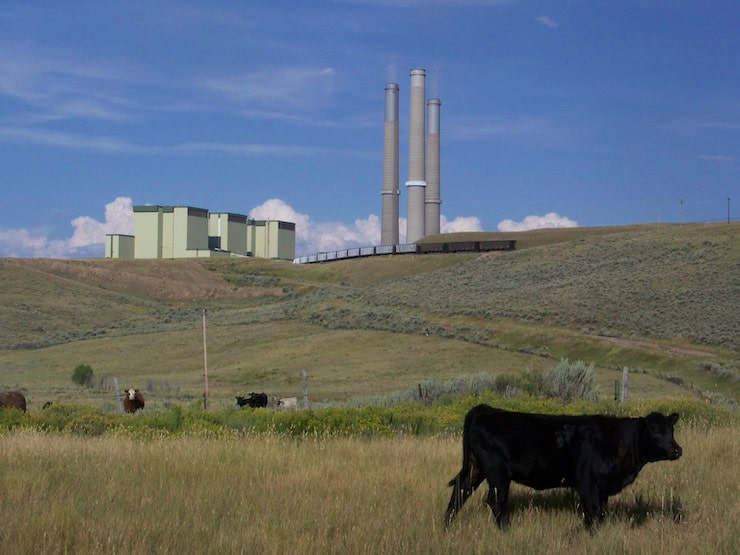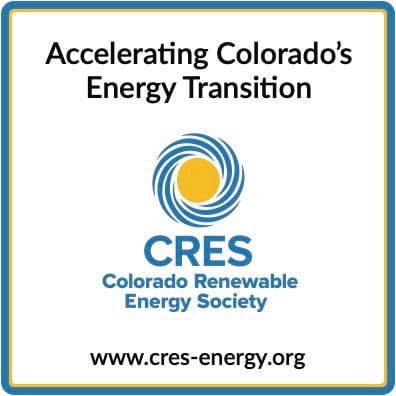Federal government may order coal-burning units in Craig and Pueblo remain in operation beyond retirements planned years ago.
This is an abridged version of “Will feds order Colorado coal plants to stay open?
by Allen Best
The December retirement of two coal-burning units in Colorado, one at Craig and the other at Pueblo, have been planned since 2016 and 2018 respectively.
Now, the federal government may order both units to continue operating for at least the first three months of 2026 and quite possibly longer.
Why? Justification for these Department of Energy orders, if issued, will likely be to ensure that we will have enough electricity. The agency used that explanation in late May when ordering a coal plant in Michigan to remain operating. The order arrived a week before the plant’s scheduled retirement. The 202(c) clause in the Federal Power Act, a 1935 law, permits the federal intervention in three cases, one of them reliability.
“Keep the Lights On” is a motto in the utility industry and among state regulators. In other words, everything must revolve around ensuring minimal power outages. The industry standard is one day of outages spread over 10 years.
Is Colorado in danger of having the lights go out?
U.S. Rep. Jeff Hurd, who represents both Craig and Pueblo, sent a letter to U.S. Energy Secretary Chris Wright on Halloween regarding the Comanche units in Pueblo. He asked the federal agency to order that Comanche 2 remain operating and to operate Comanche 3 at higher levels than planned. Hurd cited a “crisis.”
Interestingly, Hurd made no request for Craig. Tri-State Generation and Transmission Association, the operator of the Craig unit, says it produces more electricity than it currently needs. Xcel, the operator of Comanche, simply says it will obey any federal orders.
At energy conferences, much is being said about “resource adequacy” and “data centers.” They are strongly related. Data centers are fueling speculation about rapid growth in demand and hence concerns about resource adequacy.
Proponents of fossil fuel generation argue that coal and gas plants can provide baseload generation despite higher costs than renewables. The sun reliably goes down every evening. But all forms of generation go down occasionally. That includes nuclear, natural gas — and coal.
As for Comanche 3, the newest and largest coal-burning unit in Colorado, it has gone down repeatedly and sometimes for many months since it began operations in 2010. In addition to Xcel, Holy Cross Energy — the supplier for most of the Vail and Aspen areas — owns 8%, while CORE Electrical Cooperative owns 25%. It supplies Castle Rock and adjoining areas.
Ironically, Comanche 3 had just returned to service in early August when Denver had one of its hottest days of the year. Many of Xcel’s fossil fuel plants were down for one reason or another. Soon after, though, Comanche 3 went down yet again. It may not return to service until June 2026.
Does this constitute a “crisis?” The Colorado Energy Office in July reported that Colorado altogether has sufficient electrical generation to meet industry standards for reliability. But Xcel, in its contribution, said it expected negative reserve margins four of the next five years.
Hurd’s language to the federal government echoes that of Pueblo County in a late-August filing with the Colorado Public Utilities Commission. Pueblo County — like Routt County, home to the Hayden Generating Station — feels wronged in this energy transition. Those claims of victimhood may be premature. Relevant decisions affecting jobs and tax bases are months away
As for Craig 1, Duane Highley, the Tri-State CEO, said during October that he was in frequent contact with Washington about the orders he expects to receive. Presumably, the plant will have workers happy to remain at $80,000-a-year plus-jobs. One coal mine will close in December, but the Yampa Valley will have two remaining.
Cost is one issue. Tri-State in 2020 said it was phasing out coal because of costs. The wholesale provider recently approved a major rate increase to its 15 member cooperatives in Colorado and those in other states. Continued operations of an uneconomic coal plant will cost money. Highley asks a good question. Who will pay?
There’s also this: The 2016 settlement that produced the planned retirement in 2025 for Craig 1 was because of haze created by pollutants from the plant that violate federal standards for places like Rocky Mountain National Park.
How real is this projected new demand from data centers? Expect considerable legislative debate this winter about what guardrails or incentives Colorado needs to govern growth in demand from data centers. Too, expect much debate on whether the PUC process in regulating Xcel is as nimble as it might be in this fast-changing world of energy.
- Should this have instead been called the Data Center Solicitation? - November 7, 2025
- Do we really have an electricity crisis in Colorado? - November 5, 2025
- Will feds order Colorado coal units to stay open? - November 3, 2025






